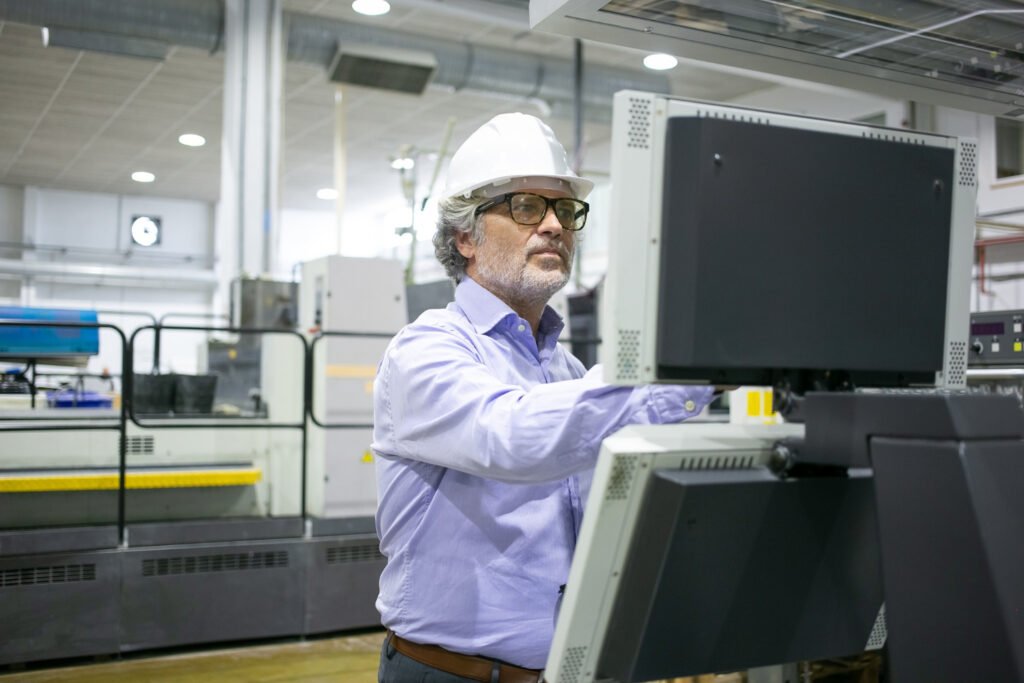Light sources have always defined the trajectory of semiconductor manufacturing. From mercury lamps in early lithography to excimer lasers that enabled Deep Ultraviolet (DUV), each advance in illumination has reshaped how chips are designed and produced. Extreme Ultraviolet (EUV) represents the latest leap, but sustaining Moore’s Law requires even more powerful and adaptable light sources. Free-Electron Lasers (FELs), with their scalability and tunability, are increasingly viewed as the next foundational infrastructure for chipmaking. Erik Hosler, a technology strategist examining EUV adoption, underscores that light source innovation is not a peripheral enhancement but the core determinant of manufacturing progress. His perspective emphasizes why the industry’s future depends on rethinking illumination as a strategic infrastructure investment.
Reflecting on semiconductor history reveals that each generation of light sources has required not only technical innovation but also deep shifts in manufacturing ecosystems. EUV itself took decades to mature, involving collaborations across governments, companies, and universities. FELs are poised to follow a similar path, demanding not just scientific breakthroughs but also organizational realignment. The question is not simply whether FELs will emerge as viable EUV sources but whether they will serve as the architectural foundation for the next era of semiconductor manufacturing.
Light Sources as the Engine of Progress
The capabilities of its light sources have always shaped lithography. Each breakthrough enabled new node transitions, such as excimer lasers, allowing scaling into the deep ultraviolet era, while LPP-based EUV sources opened access to 7nm and beyond. These transitions underscore that the “engine” of Moore’s Law is not transistors alone, but the light used to pattern them.
As devices shrink further, requirements for precision, throughput, and stability grow exponentially. LPP sources, while effective today, strain under the demand for higher output and efficiency. FELs, with their ability to deliver multi-kilowatt power and tunable coherence, represent a logical extension of this progression. They shift the conversation from incremental improvement to reimagining the role of light in chipmaking.
Each historical transition carried ripple effects beyond the tools themselves. Mercury lamps gave way to excimer lasers, requiring fabs to redesign optics and workflows. The leap to EUV with LPP demanded entirely new source infrastructure, altered workforce training, and reshaped global supply chains for optics and tin. These shifts illustrate how light sources have consistently acted as pivot points, forcing the industry to reorganize itself at every level. FELs, if adopted, would represent the largest such reorganization yet.
FELs as Foundational Infrastructure
Unlike tool-specific LPP sources, FELs are envisioned as centralized utilities serving multiple scanners simultaneously. This architectural shift recasts light generation as shared infrastructure rather than discrete hardware tied to individual tools. In doing so, FELs mirror utilities such as power grids or water systems, which are core facilities that enable entire ecosystems to function.
This perspective has profound implications for manufacturing. By centralizing EUV generation, fabs can reduce redundancy, lower costs, and optimize uptime. FELs thus move beyond being a “component” of lithography to becoming foundational infrastructure. In this role, they redefine how fabs are designed, built, and operated.
Thinking of FELs as utilities also clarifies how fabs might manage them. Just as power plants operate with backup generators and distribution grids, FEL complexes would likely include redundant accelerators, beamline branching, and centralized monitoring centers. Operators could balance EUV delivery across scanners much like grid operators manage electricity flows. This model introduces resilience and scalability, but also places FELs in the category of core infrastructure demanding dedicated oversight, investment, and long-term planning.
Integration with Fab Ecosystems
Turning FELs into practical infrastructure requires integration at every level of fab operations. Beam distribution systems must deliver EUV light to multiple scanners without compromising stability. Redundancy and predictive maintenance systems must be designed into accelerator complexes. Workforce training programs must prepare specialists capable of running accelerator physics within a semiconductor context.
Integration also extends to economics. FEL infrastructure demands significant capital investment, but the payoff comes in long-term efficiency gains and higher yields. By reducing consumables, energy waste, and downtime, FELs align with fabs’ drive for predictable, scalable production. Integration is therefore not only technical but systemic, reshaping fab workflows and cost structures.
Societal and Economic Impact
The implications of FEL adoption extend beyond fabs. Semiconductor production underpins everything from smartphones to data centers, making light sources a societal infrastructure as much as an industrial one. By improving efficiency and scalability, FELs could help stabilize the supply of advanced chips, reducing vulnerabilities in global supply chains.
Environmental impacts are also significant. Accelerator-based systems with energy recovery promise lower power consumption and reduced waste compared to LPP sources. It aligns with global efforts to reduce carbon footprints, embedding sustainability into the foundations of semiconductor progress. For policymakers, the link between light source innovation and societal impact will shape funding, regulation, and global competition.
Industry Perspectives on the Road Ahead
For industry observers, FELs symbolize both opportunity and challenge. On the one hand, they represent the most promising path to sustaining Moore’s Law beyond the limits of LPP. On the other hand, their adoption requires unprecedented levels of coordination across research, industry, and government.
Erik Hosler notes, “But avoiding the death of Moore’s Law won’t be easy.” His remark captures the stakes that FELs are not a guaranteed solution but a demanding path forward. Success will require aligning technical ambition with economic and institutional readiness. This vision highlights why FELs must be viewed not just as sources of light but as investments in the future of technology itself.
The Roadmap to the Future of Light Sources
The future of semiconductor manufacturing will be defined by how effectively new light sources are developed, commercialized, and integrated. FELs, with their scalability, tunability, and infrastructure role, stand as the leading candidate for sustaining lithography into the coming decades. Yet adoption will depend on proving that they can balance performance, cost, and reliability at an industrial scale.
Light source innovation will remain the bottleneck and the catalyst of chipmaking progress. If FELs succeed, they will not simply extend EUV but redefine it, embedding light as infrastructure at the heart of semiconductor ecosystems. In this way, the visionary perspective is clear that the future of chipmaking is the future of its light.

